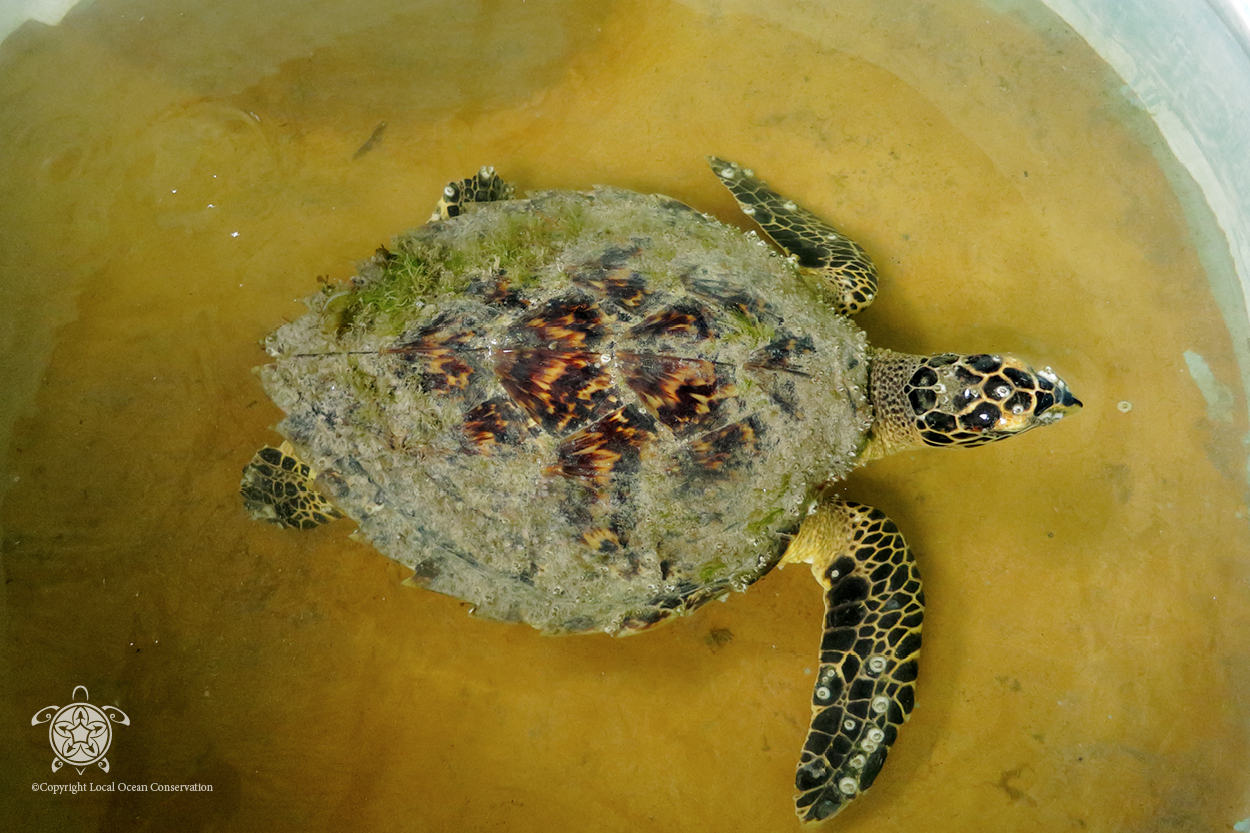So, you’ve probably heard of barnacles before, but did you know they’re not just for boats and whales? Believe it or not, barnacles can occasionally hitch a ride on humans too! Yep, these little critters have been known to attach themselves to unsuspecting humans under certain conditions. In this article, we’ll dive deep into the world of barnacles in humans—what they are, how they affect us, and what you can do about them.
Now, before we get into the nitty-gritty, let’s clear something up. When we talk about barnacles in humans, we’re not talking about some mythical creature or an alien invasion. We’re talking about actual barnacles, the same ones you’d find stuck to the hull of a ship or clinging to rocks in the ocean. But how do they end up on humans? Well, that’s what we’re here to find out.
Whether you’re a marine biologist, a beach lover, or just someone who’s curious about weird stuff, this article is for you. We’ll cover everything from the biology of barnacles to their potential impact on human health. So grab a snack, sit back, and let’s explore the fascinating (and sometimes gross) world of barnacles in humans!
Table of Contents:
- What Are Barnacles?
- How Do Barnacles Attach to Humans?
- Biological Aspects of Barnacles
- Health Impact on Humans
- Removal Methods
- Prevention Tips
- Common Questions About Barnacles
- Myths Debunked
- The Environmental Role of Barnacles
- Conclusion
What Are Barnacles?
Barnacles are fascinating little creatures that belong to the crustacean family. They’re like the cousins of crabs and lobsters, but instead of crawling around, they prefer to stick to surfaces. Most barnacles are marine animals, meaning they live in saltwater environments. They’re filter feeders, which means they eat tiny plankton and other goodies floating around in the water.
Here’s the thing though—barnacles don’t just stick to rocks or boats. Given the right conditions, they can also attach themselves to living organisms, including humans. Crazy, right? But how does this happen? Let’s find out.
Types of Barnacles
There are two main types of barnacles: acorn barnacles and stalked barnacles. Acorn barnacles are the ones you typically see on rocks, while stalked barnacles have a longer, flexible stalk that allows them to move around a bit more. Both types can theoretically attach to humans, but it’s usually the acorn barnacles that cause trouble.
How Do Barnacles Attach to Humans?
Alright, so you might be wondering, “How the heck do barnacles even end up on humans?” Well, it’s actually pretty straightforward. Barnacles start their lives as tiny larvae floating around in the ocean. These larvae are on a mission to find a suitable surface to settle on. When they find one, they secrete a super-strong glue-like substance that helps them stick to it.
Now, if you happen to be swimming in the ocean and your skin is exposed, there’s a small chance that a barnacle larva could mistake you for a rock or a boat. Once it attaches, it starts growing and forming its hard shell. Yikes, right?
Conditions That Favor Attachment
- Still Water: Barnacles prefer calm, still water where they can settle without being disturbed.
- Exposed Skin: If you’re swimming without protective gear, your skin is an easy target for barnacle larvae.
- Long Exposure: The longer you stay in the water, the higher the chances of a barnacle attaching to you.
Biological Aspects of Barnacles
Let’s dive a little deeper into the biology of barnacles. These little critters are actually pretty complex. They go through several stages of development, starting as free-swimming larvae and eventually transforming into the hard-shelled creatures we know.
One interesting fact about barnacles is that they’re hermaphrodites. This means they have both male and female reproductive organs. They reproduce by extending a long, flexible penis to fertilize nearby barnacles. Weird, but fascinating!
Life Cycle of a Barnacle
The life cycle of a barnacle typically looks like this:
- Egg Stage: Barnacles start as eggs inside the parent barnacle.
- Nauplius Larva: Once hatched, they become free-swimming nauplius larvae.
- Cyprid Larva: The nauplius larvae eventually transform into cyprid larvae, which are ready to settle.
- Adult Barnacle: After settling, the larvae grow into adult barnacles.
Health Impact on Humans
So, what happens if a barnacle attaches to you? Is it dangerous? The good news is that barnacles aren’t typically harmful to humans. However, they can cause some discomfort and even lead to minor infections if not removed properly.
When a barnacle attaches to your skin, it can cause irritation and redness. In some cases, it might even leave a scar when removed. If the barnacle penetrates too deeply into the skin, there’s a risk of infection, so it’s important to remove it carefully.
Signs of Infection
- Persistent redness around the attachment site
- Swelling or pus
- Pain or tenderness
- Fever or chills
Removal Methods
If you find a barnacle attached to your skin, don’t panic! There are several ways to remove it safely. The key is to be gentle and avoid damaging your skin in the process.
Safe Removal Techniques
- Soak the Area: Soak the affected area in warm, soapy water to loosen the barnacle’s grip.
- Use Tweezers: Carefully remove the barnacle using sterilized tweezers.
- Apply Antiseptic: After removal, apply an antiseptic to prevent infection.
Prevention Tips
The best way to deal with barnacles in humans is to prevent them from attaching in the first place. Here are some tips to help you stay barnacle-free:
- Wear Protective Gear: If you’re swimming in areas known for barnacles, wear a wetsuit or rash guard.
- Limit Exposure: Try to limit the amount of time you spend in the water, especially in areas with high barnacle activity.
- Check Your Skin: After swimming, check your skin for any signs of barnacle attachment.
Common Questions About Barnacles
Still have questions about barnacles in humans? Here are some common ones:
Can Barnacles Live on Humans?
Technically, yes, but they don’t thrive as well on human skin as they do on rocks or boats. They’ll eventually die off if they can’t get enough nutrients.
Are Barnacles Dangerous?
Not usually. They can cause some discomfort, but they’re not inherently dangerous. Just be sure to remove them properly to avoid infection.
Myths Debunked
There are a lot of myths out there about barnacles, so let’s clear some of them up:
- Myth 1: Barnacles can grow indefinitely on humans. Fact: They’ll eventually die off due to lack of nutrients.
- Myth 2: Barnacles can burrow deep into your skin. Fact: They attach superficially and don’t burrow deeply.
The Environmental Role of Barnacles
While barnacles might seem like a nuisance, they actually play an important role in the marine ecosystem. They’re a food source for many marine animals, and their filter-feeding habits help keep the water clean.
So, the next time you see a barnacle, remember that it’s not just a pesky critter—it’s also a vital part of the ocean’s ecosystem.
Conclusion
And there you have it—a comprehensive look at barnacles in humans. From their biology to their impact on human health, we’ve covered everything you need to know. Remember, while barnacles might seem creepy, they’re usually harmless and easy to deal with.
So, the next time you’re swimming in the ocean, keep an eye out for these fascinating little creatures. And if you do find one attached to you, don’t panic—just follow the tips we’ve outlined here to remove it safely.
Got any questions or comments? Drop them below, and don’t forget to share this article with your friends. Who knows, they might find it as fascinating (and gross) as you do!


